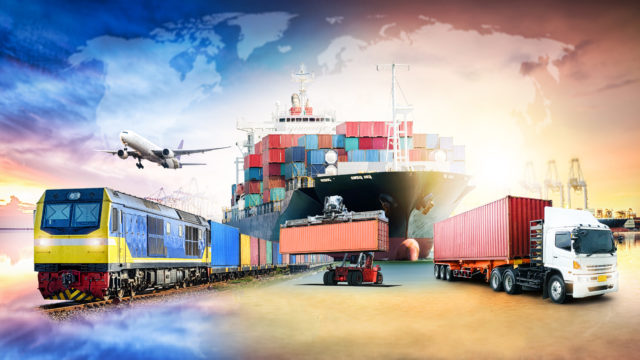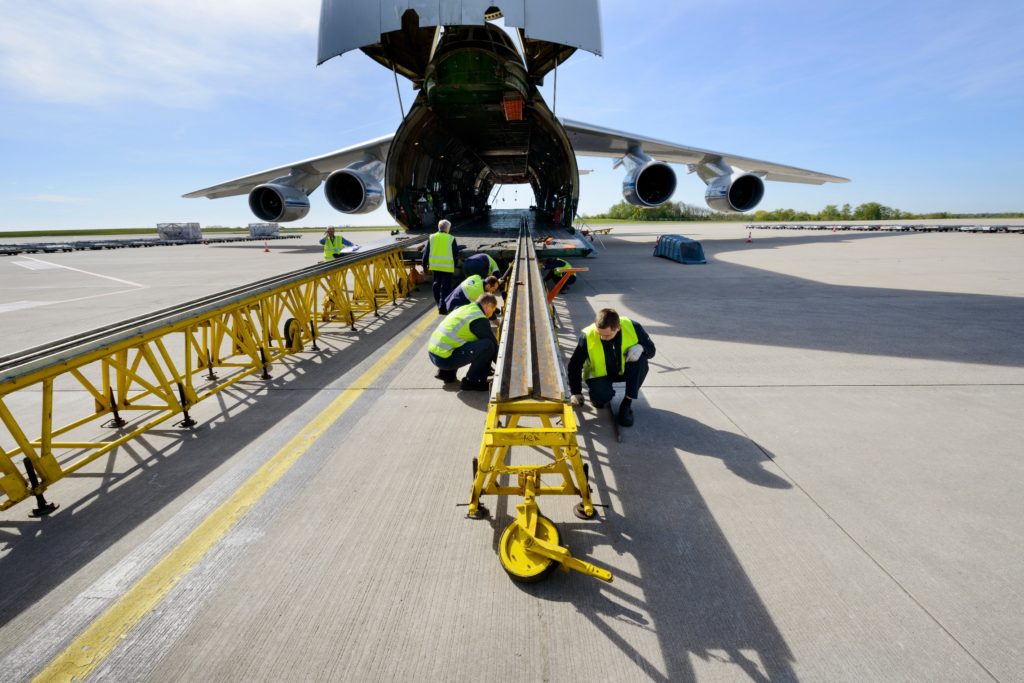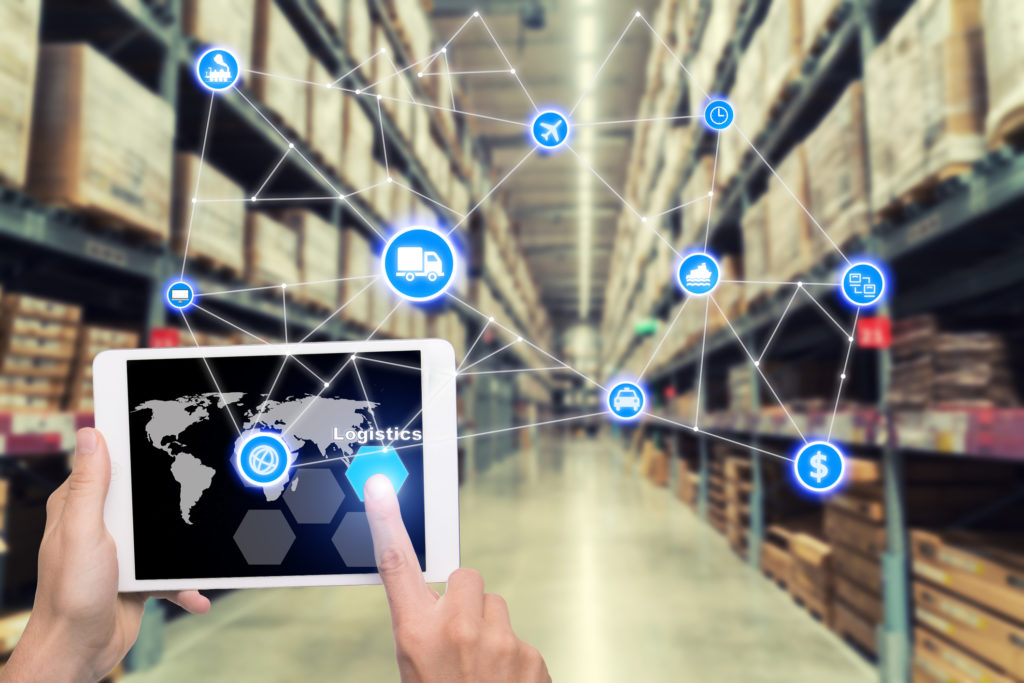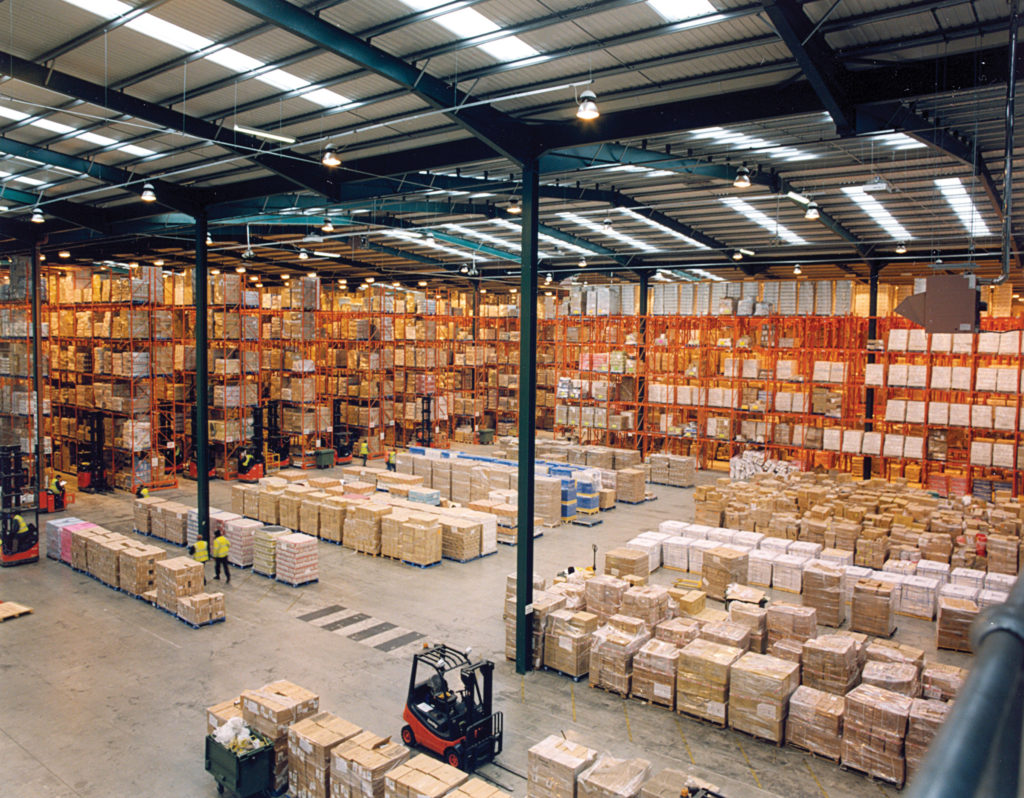
It’s time to admit the fact: the pandemic has changed our world. From airlines to local restaurants, from open spaces to expat freelancers, the new crisis is a significant challenge for all markets, industries, and experts. Particularly, it disrupts current supply chains and affects logistics companies. However, there’s still room for evolution. To deal with all markets and industries, technologies make daily tasks easier to maintain our work in this pandemic. Learn these technologies from Intellipaat to make your life easier by completing the course of Data science certification today.
Which issues are transportation brands facing now? How they adapt to new circumstances? What are the consequences of the coronavirus pandemic for supply chains? Can technologies help businesses today? Are there other ways to cope with problems? Let’s find out together with experts from Diceus, Business Insider, and Accenture.
New World, New Challenges

COVID-19 came with a bunch of new issues for many industries. Talking about supply chains, we should remember how Chinese factories started shutting down in February. This was the first stage of global disruption. Further, countries presented export bans on various items like masks. The situation became even worse because of the dominance of paper-based records, lack of visibility, and diversity issues, according to Business Insider.
Simultaneously, Accenture experts emphasize the need for reaction and, especially, action. Christopher Logan, Managing Director, says that the current crisis requires “continuous end-to-end assessment, optimization, and monitoring”. Big companies already have dedicated response centers that ensure freight delivery and work on regulatory compliance. Currently, there are three core points to keep in mind to survive this crisis:
1. E-commerce is on the rise. Due to lockdown orders, businesses and customers are going online. E-commerce websites, online shopping, web services and solutions, delivery apps are popular now more than ever.
2. Customer supply chains are changing. China, Europe, and the USA faced huge supply chain disruptions subsequently. Now, market leaders and regular clients are rethinking their approaches to avoid such problems in the future.
3. The economy growth is slowing down. According to various forecasts, the global crisis may be as powerful as the Great Depression or World War II. The consequences will be long-lasting, so don’t expect a quick recovery.
But there are ways to succeed in these challenging times.
How Businesses Use Technologies

Here’s promised good news from us. The pandemic crisis helps businesses to realize the importance of digital evolution. As long as companies pursue cost-optimization, they find that technologies can improve all the processes greatly. Automation saves time and effort of employees, Big Data helps to spot market trends, cloud computing reduces IT spending. Below, you can find how the logistics industry can leverage technologies today:
- Automate digital and physical processes. RPA and AI automation strategies can cut costs significantly. Consider launching co-bots and autonomous last mile delivery to protect your employees from contacts with other people.
- Enable data analysis. Data-driven businesses already have the upper hand. Thanks to data science and Big Data trends, companies can quickly identify market patterns, optimize delivery routes, offer tailored services.
- Engage in remote collaboration. From classic remote cooperation tools to logistics-specific networks for freight forwarders, it’s essential to leverage this trend now. After the pandemic, the remote collaboration will stay demanded, most likely.
- Launch virtual business branches. Digital-only operations are well-known for e-commerce shops and banks. Transportation teams also can make some departments digital, e.g., accounting or business analysis.
- Make IT systems flexible. Remote work requires reliable infrastructure that can maintain high loads. Thus, consider investing more in your IT solutions today. With decent performance, it should be easier to deal with other challenges.
- Monitor everything regularly. Control towers and response centers have proven their efficiency. Through these departments, your company can monitor new regulations, markets, customers, and competitors.
- Optimize the last mile network. Clients show higher interest to list mile delivery. That’s why logistics brands should opt for this part of their supply chains. Automation and partnerships may help in this aspect, for sure.
Mind that all strategies work differently. A multinational transportation company would want to invest in data management or omnipresent IoT sensors. But a small enterprise may be interested in low-scale evolution based on regular automation, for example.
Non-Tech Strategies for Brands

While AI, IoT, and 5G are attractive technologies (and quite useful for the logistics industry), businesses should remember about traditional approaches, too. Technologies are tools, while global non-tech concepts are fundamentals. Modern issues show that transportation teams have to rebuild their production, inventory, and delivery systems.
Here, we have three core points to consider for your post-pandemic evolution:
1. Make a supply chain the core topic for C-level management. In transportation-focused teams, this isn’t an issue now. But in many other companies that deal with supply chains, the dedicated departments face limited visibility. As a result, they can’t provide the best results. Today, you should realize the importance of supply chain management, focus on it during C-level meetings, optimize logistics.
2. Opt for business continuity and diversification. The problems with Chinese factories and American lockdowns show that centralized manufacturing is outdated. When a central hub is shutting down, a business can’t function as it has to. Thus, business continuity should become a top priority. With many material and manufacturing centers paired with diverse logistics networks, companies can deal with these risks much better.
3. Set new carrier and provider partnerships for your chains. Following the previous idea of diversification, consider also the need for multiple distributed vendors and partners. You want to work with teams that share new values: innovation, data, flexibility, safety. Thus, you also should invest in better cooperation strategies, market analysis, tests. These extra costs will result in better returns if you do everything correctly.
Wrapping Up

There’s no secret that nearly all of us now face new challenges. For the logistics industry, they may be as urgent as never before. Issues with manufacturers, governmental bans on transportation, decrease in customer attention and revenue – there are plenty of issues. Still, we’re sure that the business will survive this recession as it survived previous ones. And companies with relevant innovations onboard will succeed in the post-COVID world.














